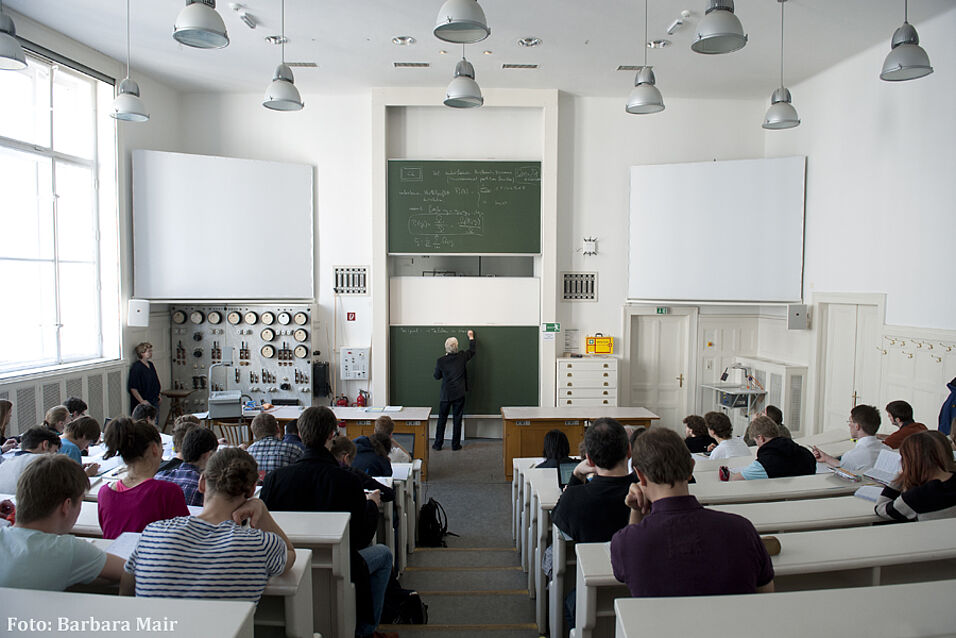Quantum information theory deals with the consequences of physical carriers of information obeying the laws of quantum mechanics. The natural and most common generalisation of classical bits is called a quantum bit, or short qubit. Many physical systems could in principle encode more information through having more than two distinguishable states, the majority of results in quantum information theory focus on qubits. While classical information theory and idealised quantum settings display no difference between two- and higher-dimensional encodings, physical implementations in higher dimensions feature two competing effects: On the one hand, they are harder to physically control and more involved in terms of theoretical descriptions of protocols. On the other hand, they can feature a higher noise resistance of quantum entanglement, a resource of paramount importance in quantum information, and they allow for encoding more information in single physical carriers. Recent progress in experimental control of higher-dimensional quantum systems thus motivate further theoretical focus on high-dimensional quantum information, and in particular entanglement. I will give a short overview over my contributions in the theoretical description and experimental certification of high-dimensional entanglement.
Marcus Huber (IQOQI Vienna): Quantum entanglement beyond qubits
Location:
Related Files

Foto: Barbara Mair
